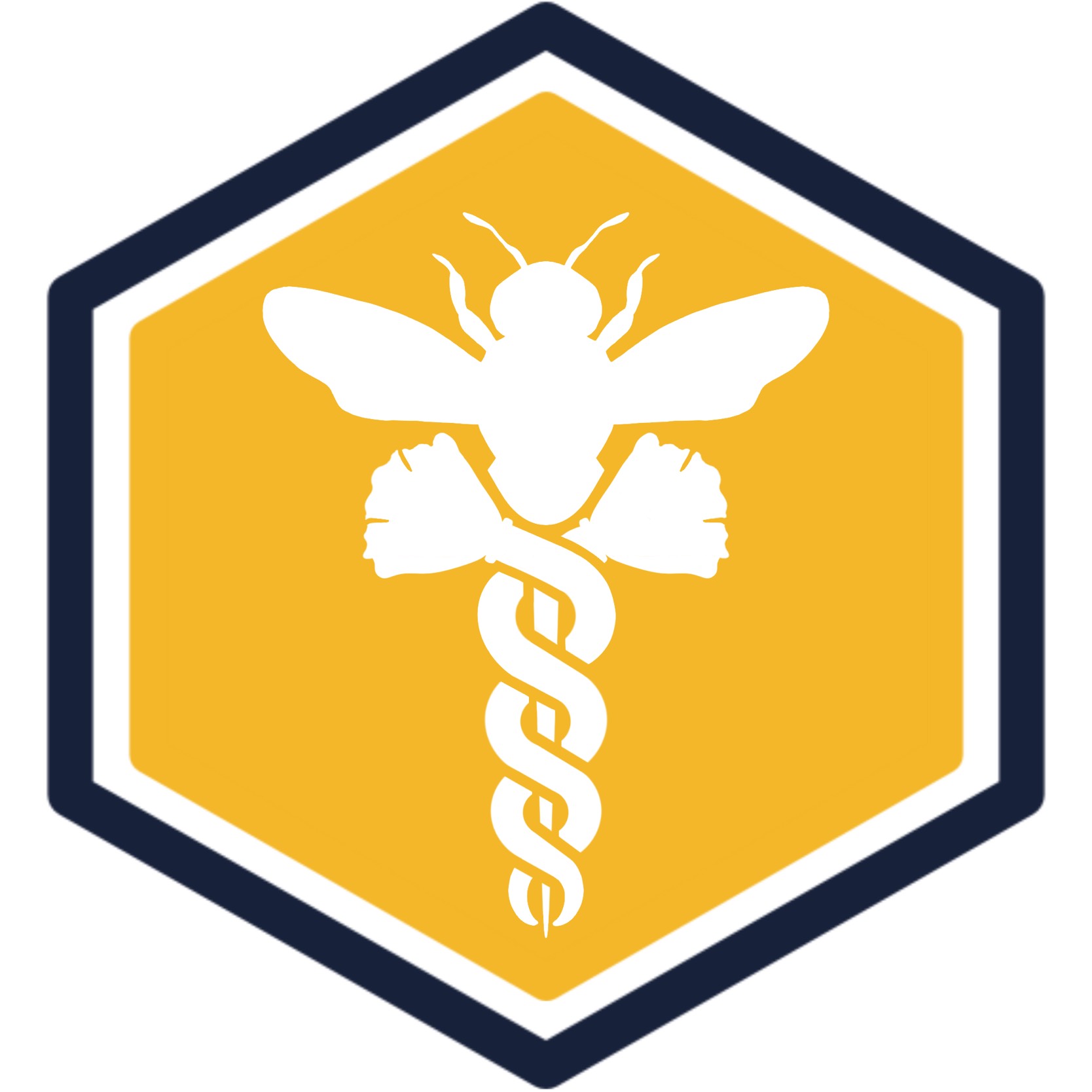Hygienic testing is a proven way to improve your stock. The Bee Health Hub has decades of experience and has completed tens of thousands of freeze kill brood (FKB) hygienic tests. Let us bring our expertise to assist with your breeder selection process.
- Deliverables
- In addition to the normal bee health data collected for monitoring visits, freeze kill brood hygienic (FKB) reports include the following data.
- Percent removed (pupae completely removed)
- Percent partials (pupae partially removed)
- Brood pattern score
- Bee color
- Bee temperament (not beekeeper temperament)
- Methodology
- Freeze kill brood hygienic visits take 2 days and are best done with all colonies in one location. If colonies are in almonds it is best done with colonies as close together as possible. We can test between 15 and 100 colonies depending on colony locations and amount of help from customer-supplied crew.
Mid to Late December
-Option #1: Perform a “Poor man’s hygienic test”. Use a shop towel to test potential breeder colonies. Place the towel with treatment or just canola oil between the boxes and at the back of the hive (back of the hive because it’s harder to remove). Check one week later to select colonies that removed most or all of the towel.
-Option #2: An even easier way to select potential breeders is looking at the bottom boards. Colonies with very clean bottom boards are more hygienic and test well.
January to early February (pre-almonds)
-Treat colonies for Varroa mites if needed.
-Feed at least 1-2 rounds of pollen substitute (1-3 lbs) before testing as this will ensure that there are enough nurse bees for colonies to perform well. Basically, you want as many fuzzy new nurse bees as possible before testing as this young bee will perform the cleaning task. If there are not adequate nurse bees then the colonies will not test as well.
-It is best practice to do the test when night time temperatures are above freezing. If temperatures are below freezing this has a negative effect on the test and they will not clean as much freeze-killed brood.
-Inspect colonies to ensure there are between 3 to 4 frames of sealed brood, this will save time and ensure we have the right aged brood to perform the test. We are looking for capped brood with a developed head with either white eyed to purple eyed stage.
- How to Prepare
-
Before Submitting Service Request
- Have a general idea of the number of colonies you would like to test.
- Know the location where the colonies will be tested.
After Signing Service Agreement
- Review the section below on selecting and preparing colonies.
- Apply your own selection criteria before hygienic testing as pricing is based on number of colonies.
- Keep an eye on the weather to make sure the agreed upon dates will work.
- Contact us if there are any issues that may cause your date to slip.
Selecting and Preparing Test Colonies
- Varroa Treatment: Treat colonies for Varroa mites before the hygienic test, not during.- Nurse Bees: Have at least one round of emerged nurse bees (fuzzies).
- Number of Deeps: Colonies are best tested in a single or double deep.
- Feeding: Do not feed during the hygienic test. This includes feeding sugar syrup, pollen substitute and drivert.
- Adding Bees: Do not add bulk bees or brood frames to colonies that will be tested. If at time of testing, there is a colony that does not have the right age brood, then use a brood frame from another colony to perform the test. This is not optimal and these colonies can be skipped.
- Brood Pattern: If brood pattern is poor these colonies could be skipped as with a breeder we want the best possible brood patterns possible. Poor brood pattern could be a sign of the queen failing or running out of sperm to fertilize eggs.
- Diseases: Also, colonies with any diseases should be skipped, especially chalkbrood as this can spread quickly in mating yards especially near wet areas.
- Location: It is best if colonies are all in one yard. This saves time and prevents us from having to load up equipment to move to another yard. If hygienic testing in almonds, it is best if all are in one orchard.
- Pricing
- The cost for hygienic testing is based on the number of colonies tested, however, if colonies are in more than one location pricing may increase. Visit the Services Overview page for current pricing.






